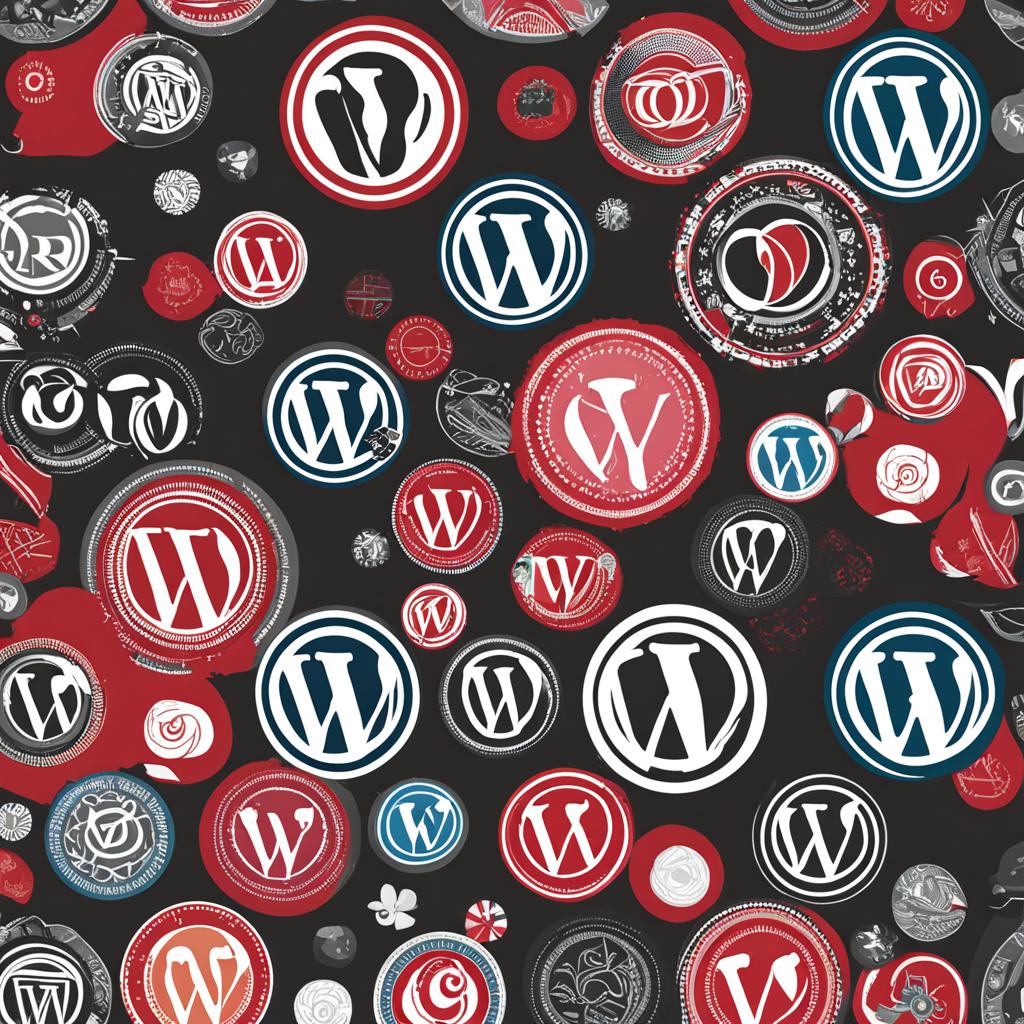
WordPress is one of the most popular content management systems used for building websites and blogs. Many websites are hosted on servers that provide cPanel, which is a web-based control panel that allows you to manage your hosting account, domains, and install web applications like WordPress.
If you want to uninstall WordPress from your cPanel, This article will help you how to uninstall WordPress From cPanel. it’s a relatively simple process, but there are a few things you need to do to completely remove WordPress and its associated database. Here is a step-by-step guide on how to fully uninstall WordPress from cPanel:
How to Uninstall WordPress from cPanel: Before Uninstalling WordPress
Before uninstalling WordPress, it’s important to do a few things first:
- Backup your website files and database – Make a full backup of your website files and MySQL database so you have a copy if you need to restore anything later. Use cPanel’s backup features or plugins like UpdraftPlus.
- Download a copy of your website – Download a copy of your actual website files in case you need to refer to them later. You can use FTP or cPanel’s file manager to do this.
- Remove WordPress plugins/themes – Delete any plugins, themes or custom code that you don’t need to keep. This will make the uninstall process faster.
- Update your DNS settings – If you’re removing the domain too, update your domain’s DNS settings to point to a temporary “coming soon” type page.
Once you’ve taken these precautionary steps, you’re ready to uninstall WordPress.
Deleting WordPress Files
The first part of uninstalling WordPress is deleting the actual WordPress files from your server. Here’s how to do it:
- Log in to your cPanel dashboard and go to Files > File Manager.
- Navigate to the
/public_html/orwww/folder for your site. This is where WordPress is usually installed. - Delete the
wp-adminandwp-includesfolders. This will delete the core WordPress files. - Next, delete any folders/files related to your WordPress themes, plugins, uploads etc. Deleting the
wp-contentfolder will remove them all. - Double check there are no WordPress related files or folders remaining in the directory.
Deleting all the WordPress folders and files removes the WordPress installation from your server. The database still needs to be removed though.
Deleting the WordPress Database
In addition to the files, the WordPress MySQL database also needs to be removed from cPanel. Here is how to delete the database entirely:
- In cPanel, go to Databases > MySQL Databases.
- Locate the database used for your WordPress site and select the checkbox next to it.
- Choose Delete Database, then click Yes to confirm deletion.
- Repeat steps if there are multiple databases related to your site or WordPress install.
This will wipe the MySQL database that contains all your WordPress posts, pages, settings, etc. Double check the right databases were deleted.
Tips for Trouble-free Uninstallation
Here are some useful tips to help avoid issues when uninstalling WordPress from cPanel:
- Only delete WordPress databases, not other critical ones.
- Use phpMyAdmin to delete residual tables if needed.
- Clear your browser cookies/cache afterwards.
- Use a default HTML page as temporary site placeholder.
- Restore a full cPanel/database backup if anything gets deleted incorrectly.
Taking some basic precautions will help ensure WordPress is removed cleanly without affecting other cPanel functionality or data.
Conclusion
Uninstalling WordPress completely from a cPanel hosting account involves more than just deleting the main WordPress folder. You need to remove all WordPress related files, folders, and databases from the server.
The key steps are:
- Backing up your site and downloading website files
- Deleting all WordPress folders like
wp-adminandwp-content - Removing the MySQL database from cPanel
- Checking for any leftover files or tables
- Setting a temporary HTML page while site is down
Following this cPanel WordPress uninstall process will allow you to successfully remove WordPress and its associated database from your hosting. Just be sure to take precautions like comprehensive backups beforehand.
Need WordPress Help ?
If you’re an individual seeking WordPress services, you’ve come to the right place. Meet Naveed Ahmed specializes in catering to your unique needs, whether you’re an entrepreneur, blogger, or simply looking to establish a personal online presence. We offer a wide array of personalized services, from crafting a visually appealing and functional website to optimizing it for search engines, ensuring your content reaches the widest audience possible.
My focused approach also includes providing training and ongoing support, empowering you to manage and update your WordPress site with ease. Let us bring your online vision to life and help you make a lasting impact on the web. Contact me today to discuss how we can tailor our WordPress services to suit your individual requirements.
FAQs About Uninstalling WordPress from cPanel
Does uninstalling WordPress also remove my site content?
It can, if you don’t backup your content first. Make sure to backup your database, plugins, themes, uploads, and any other WordPress files you want to keep before uninstalling.
Do I need to delete WordPress files manually?
You can delete all the main WordPress file folders manually via cPanel’s file manager. Alternatively, some hosts provide an automated WordPress uninstall tool.
What tables should I look for when deleting the database?
Any tables prefixed with wp_, like wp_posts, wp_comments, wp_options, etc. should be removed as part of fully uninstalling WordPress.
Is it bad if I accidentally delete other databases?
Yes, deleting the wrong database can harm your cPanel functionality. Be very careful to only select the WordPress database for removal. Restore from backup if you make a mistake.
Can I use phpMyAdmin to help uninstall WordPress?
Yes, phpMyAdmin can help you find and delete residual WordPress database tables after removing the main database. Use it carefully to avoid removing non-WordPress tables.